Novel Pulse Sequences
Novel Pulse Sequences
Oral
Oral
Acquisition, Reconstruction & Analysis
Wednesday, 15 May 2019
| Room 510A-D | 15:45 - 17:45 | Moderators: Suchandrima Banerjee, Marta Bianciardi |
15:45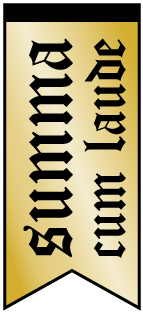 |
0936. 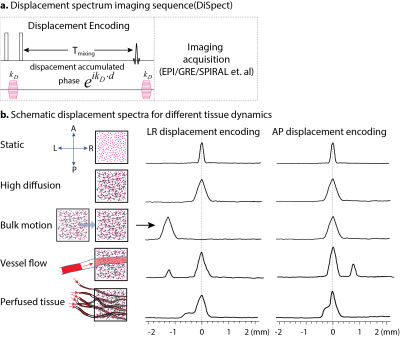 |
DiSpect: Displacement Spectrum Imaging of Flow, Diffusion and Tissue Perfusionusing Spin-Labeling and Stimulated Echoes
Zhiyong Zhang, Ekin Karasan, Karthik Gopalan, Chunlei Liu, Michael Lustig
We present a Fourier-encoding variant of Displacement Encoding with Stimulated Echoes (DENSE). DENSE encodes bulk displacement of spins but fails to capture partial volume displacement or flow. By performing multiple scans with increasing DENSE encoding, we are able to resolve the spectrum of displaced spins within a voxel and differentiate it from static tissue. Our approach opens the possibility of quantitatively measuring complex spin dynamics, such as motion, flow, diffusion and perfusion. We present results in a flow phantom and in-vivo brain. Our results demonstrate sensitivity to slow CSF flow, blood flow, and tissue perfusion.
|
15:57 |
0937. 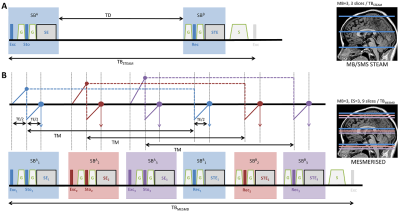 |
MESMERISED: Super-accelerated 7T STEAM imaging for quantitative T1 and diffusion MRI
Francisco Fritz, Benedikt Poser, Alard Roebroeck
We present the MESMERISED sequence which super-accelerates 7T STEAM imaging by employing both echo-shifting and multiband/simultaneous multislice acceleration. This leads to very high multiplicative acceleration factors and time efficiency for T1w and diffusion imaging. We illustrate this with 8x to 48x accelerated T1 relaxometry data at 1.5mm isotropic and 12x accelerated 3-shell diffusion data up to b = 5000s/mm2 at 1.7mm isotropic. MESMERISED extends possibilities to efficiently probe combined T1, T2 and diffusion contrast for multi-component modeling of relaxometry, diffusion and exchange.
|
| 16:09 |
0938. 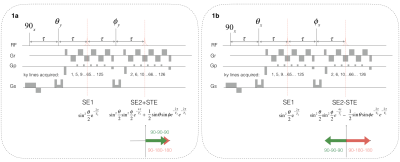 |
Dixon-like multi-contrast GRASE imaging framework: simultaneous acquisition of two T2-weighted spin-echo images and an inverse-T1-weighted stimulated-echo image
Mei-Lan Chu, Tzu-Cheng Chao, Nan-kuei Chen
Our novel Dixon-like multi-contrast GRASE imaging framework can simultaneously acquire two distinct T2-weighted and an inverse-T1-weighted images with high scan efficiency. The two single-shot GRASE imaging sequences with phase difference of RF pulses generates signal with spin-echo (SE) signals and stimulated-echo (STE) signals in-phase and 180-degree out-of-phase. A Dixon-like approach can respectively acquire T2-weighted SE-only image and inverse-T1-weighted STE-only images from the data. Multi-contrast images can be efficiently acquired with the proposed framework within clinically feasible scan time.
|
16:21 |
0939. 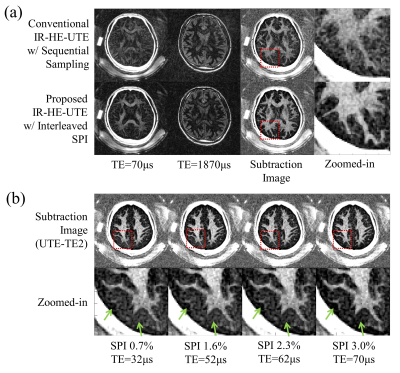 |
Direct Myelin Imaging In Human Brain Using Inversion Recovery Hybrid Encoded Ultrashort Echo Time (IR-HE-UTE) Magnetic Resonance Imaging
Hyungseok Jang, Yajun Ma, Adam Searleman, Michael Carl, Jody Corey-Bloom, Eric Chang, Jiang Du
Multiple sclerosis (MS) is the most common immune-mediated demyelinating inflammatory disease, afflicting over 2.3 million people globally. Magnetic resonance imaging (MRI) is the gold standard non-invasive imaging modality to identify MS lesions. Clinically, both CSF-suppressed T2-weighted and T1-weighted images are used for the characterization of MS lesions (FLAIR and MP-RAGE sequences). However, these sequences are not specific for demyelinating lesions and can be challenging to interpret. In this study, we propose a direct myelin imaging technique utilizing IR-prepared hybrid encoded UTE imaging, which provides highly specific volumetric myelin images with scan time less than 7min.
|
16:33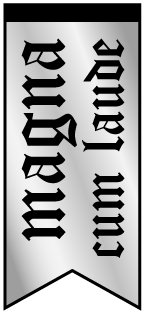 |
0940. 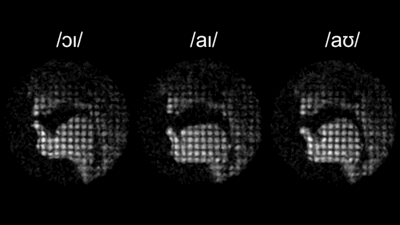 |
Intermittently Tagged Real-Time MRI Reveals Internal Tongue Motion during Speech Production
Weiyi Chen, Dani Byrd, Shrikanth Narayanan, Krishna Nayak
The tongue is arguably the most important articulator enabling human speech production. Current tagged MRI methods for studying internal tongue motion evolved from CINE cardiac techniques that rely on multiple repetitions with perfect synchronization. However, speech production, unlike cardiac motion, possesses great token, type and individual variability due to its voluntary, highly context-sensitive and information-encoding nature. In this work, we demonstrate tagged RT-MRI of speech production, without requiring any repetitions or synchronization for data re-binning. We demonstrate capture of several important tongue deformation patterns and their relative timing.
|
16:45 |
0941. 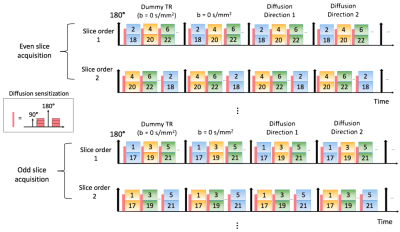 |
Efficient whole-brain tract-specific T1 mapping with slice-shuffled inversion-recovery diffusion-weighted imaging at 3T
Daniel Andrews, Jennifer Campbell, Ilana Leppert, Daniel Park, G. Pike, Jonathan Polimeni, Christine Tardif
The majority of voxels in magnetic resonance images of human white matter contain crossing tracts. Conventional T1 mapping techniques are sensitive to the myelin content of the entire voxel and are thus non-specific to individual tract myelination. We recently proposed an efficient slice-shuffled, multiband accelerated inversion-recovery diffusion-weighted MRI (IR-DWI) sequence at 3 Tesla. Here we demonstrate that IR-DWI can be used to estimate tract-specific T1 in voxels with crossing fibres in a phantom and in a healthy subject in a reasonable scan time.
|
| 16:57 |
0942. 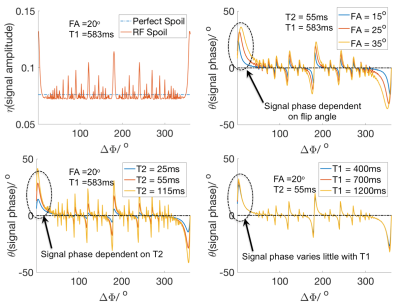 |
A Novel Phase Based T2 Mapping Technique Using Gradient Echo Imaging
Xiaoke Wang, Diego Hernando, Scott Reeder
Quantitative T2-MRI with has a plethora of clinical applications. Current quantitative T2-MRI techniques encode T2-information into the signal magnitude. In this work, a novel method encoding T2 information into the gradient echo signal phase is proposed. With certain RF phase, a heavily T2-weighted signal phase is created. The signal phase has a mild T1 dependence that can be corrected using a spoiled gradient echo magnitude signal. Feasibility in phantoms was demonstrated, as well as in vivo 3D T2 mapping of the abdomen. The proposed method has the potential to be developed into an accurate and robust T2 mapping technique.
|
| 17:09 |
0943. 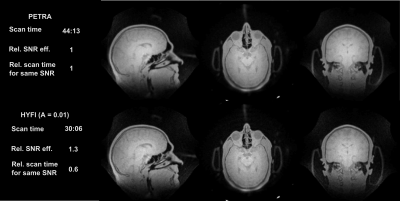 |
HYFI: Hybrid filling of the dead-time gap for faster zero echo time imaging
Romain Froidevaux, Markus Weiger, Manuela Rösler, David Brunner, Klaas Pruessmann
MRI of tissues with short transverse relaxation times can be performed efficiently with zero echo time sequences. However, in situation involving large dead time gaps, current established techniques such as algebraic ZTE, PETRA or WASPI are not optimal because of either point spread function-related artifacts or low SNR efficiency. In this work, a novel ZTE-based MRI technique is proposed. It employs a hybrid encoding scheme with both Cartesian and radial acquisitions. In this way, SNR efficiency is improved while preserving image quality as compared to existing methods.
|
| 17:21 |
0944. 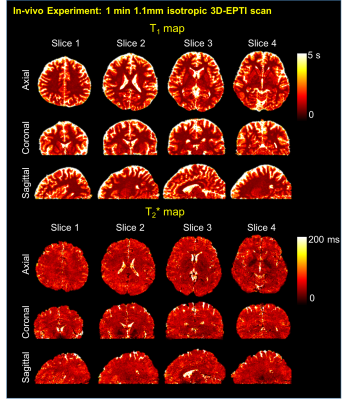 |
3D-EPTI for Ultra-fast Multi-contrast and Quantitative Imaging
Fuyixue Wang, Zijing Dong, Timothy Reese, Lawrence Wald, Kawin Setsompop
A new technique, 3D-EPTI with inversion-recovery-prepared gradient- and spin-echo readouts, was developed to rapidly acquire a time-series of distortion- and blurring-free multi-contrast images. The technique relies on a new ‘time-resolved’ multi-shot 3D-EPI readout with a hybrid spatio-temporal CAIPI and golden-angle radial-blade sampling scheme. With just about 2 minutes of 3D-EPTI acquisition, thousands of brain volume data at 1.1 mm isotropic resolution can be generated at different TIs and TEs, capturing signal evolution of T1 inversion recovery interspersed with T2/T2* decay, enabling rapid simultaneous quantitative parameters estimation.
|
| 17:33 |
0945. 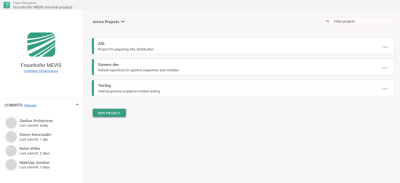 |
A prototype of a fully integrated environment for a collaborative work in MR sequence development for a reproducible research
Saulius Archipovas, Robin Wilke, Simon Konstandin, Jörn Huber, Daniel Hoinkiss, Cristoffer Cordes, Nora-Josefin Breutigam, Matthias Günther
We present a prototype exemplifying conceptual web-based workflow with services and applications which allow MR sequence developers to collaboratively create and work on MR sequences. By automating various error-prone tasks that usually overwhelm new and existing users and focusing on an interplay of web-services and applications, we introduce a novel developer experience. That might help the MR community to establish a sequence development workflow that can greatly benefit from collaborative efforts and make MR sequence developments more transparent and reproducible.
|
 Back to Program-at-a-Glance |
Back to Program-at-a-Glance |  Back to Top
Back to Top